Statue Of Horemheb And Horus




Statue of Horemheb and Horus
This nearly life-size statue is made of white limestone. Horemheb is seated on the right side of Horus, who places his right arm around the king’s waist. The god’s left hand is holding the sign of life. The two figures greatly resemble each other. Both have bare upper bodies and wear the short ritual kilt and the double crown. The king is also wearing the striped royal headdress and a false beard.
On first inspection, the sculpture appears to be in a perfect state of preservation, but this is deceptive. The statue has been extensively restored in modern times and several parts were added: the two outer arms and the feet of both statues, the left hand, beard, and the tip of the nose of the king, as well as the beak of the falcon.
The appeal of this work lies particularly in the contrast between the traditional rigidity of the overall modelling on the one hand and the face on the other, the style of which has been largely determined by late Amarna art. The realism with which the anatomical details have been represented and the retaining of the portraiture despite the idealizing nature of the piece are a continuation of the art of the pharaoh Akhenaten. All in all, this sculpture seems to bring us closer to the personality of the forceful statesman Horemheb more than any other of his portraits.
New Kingdom, late 18th Dynasty, reign of Horemheb, ca. 1319-1292 BC. Now in the Kunsthistorisches Museum, Vienna. Inv. 8301
More Posts from Teddyglez1976 and Others










Philadelphia: Stop separating families! Protest at ICE office, June 14, 2018.
Photos by Joe Piette

Yergue su imperio el sol de mayo: el cielo y el mar un solo cuerpo sin conceder espacio al horizonte. Recojo un puñado de arena y lo dejo caer lentamente: sólo uno de los cristales pertenece en mi mano. Así sólo tú eres mujer entre todas las que me rodean. Epigramas para la desamada (fragmento) de Vicente Quirarte, en Fundada en el tiempo.

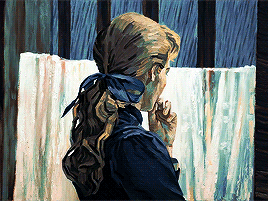
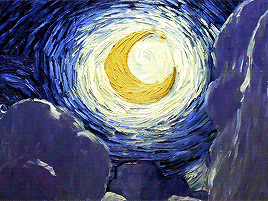
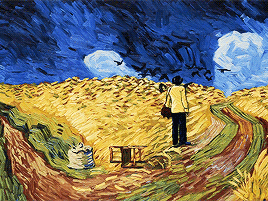
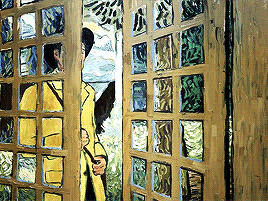
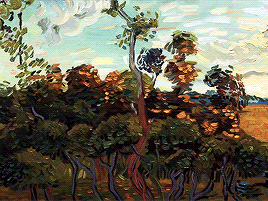
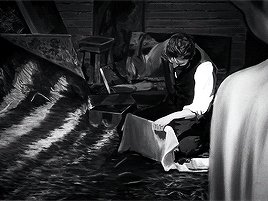
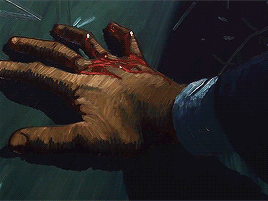
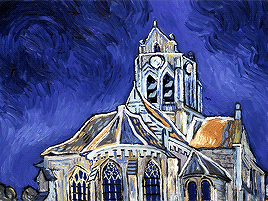
Loving Vincent (2017)
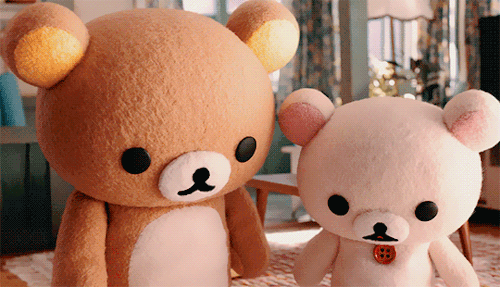
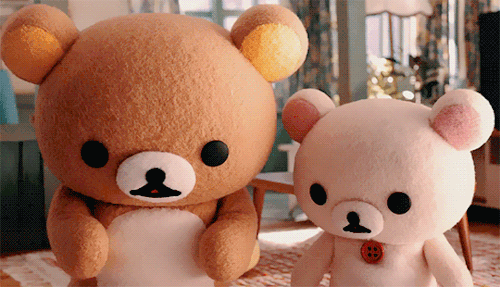
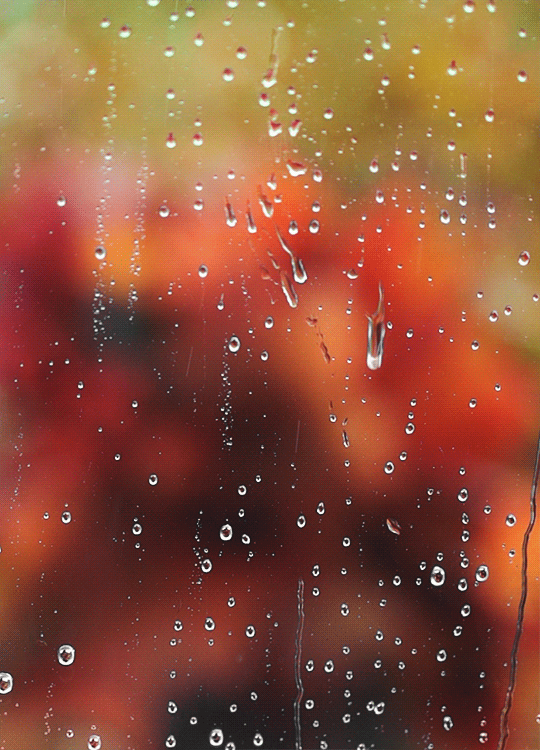
hello september


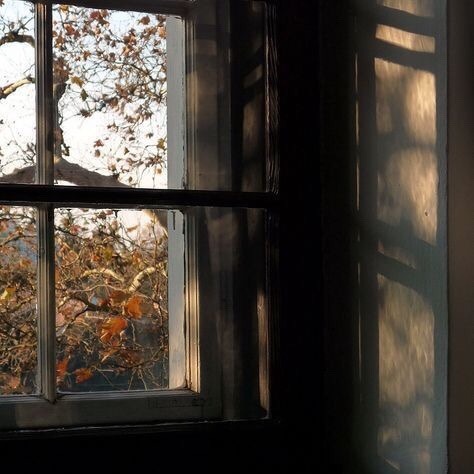
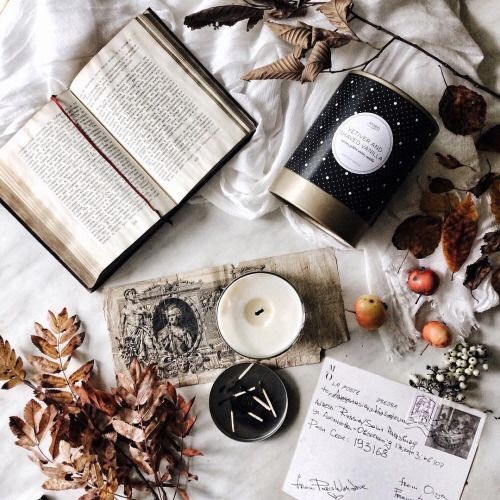
Angel of autumn and magic








Jewelry
Ole Lynggaard Silver Edition Ring
Marianne Dulong Diamond, Blue and Pink Sapphire Necklace
Marianne Dulong Turquoise Ring
Ole Lynggaard Twig Ring
Marianne Dulong Earrings
Diamond Rose Necklace
Marianne Dulong Rings
Ole Lynggaard Snake Ring
Numbers 2, 3, 5, 7 and 8 belong to Crown Princess Mary of Denmark.
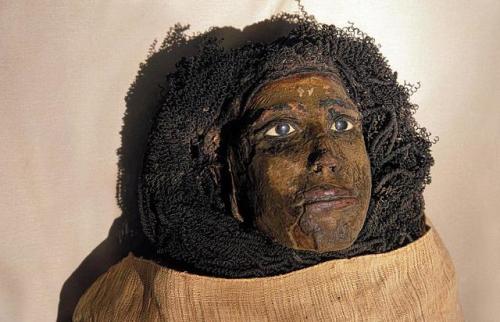
Mummy of Queen Henuttawy
The whole body of Queen Henuttawy’s mummy was colored in yellow, while the cheeks and lips were painted red to improve her appearance. The head is adorned with an artificial wig made of strands of black string; she was given stone eyes. Her mummy was found in the Deir el-Bahari cache (“DB320”).
Her embalming wound was covered with a gold plaque that bears the wadjet eye and the queen’s name and titles. Her body exhibits many of the new techniques that developed for mummification in the Third Intermediate Period, notably the subcutaneous packing of linen and sawdust to preserve the shape of the body. In this case, however, the face of the mummy had burst due to being too tightly packed, it was restored to its original form in 1974.
Now in the Egyptian Museum, Cairo. JE 26204; CG 61090

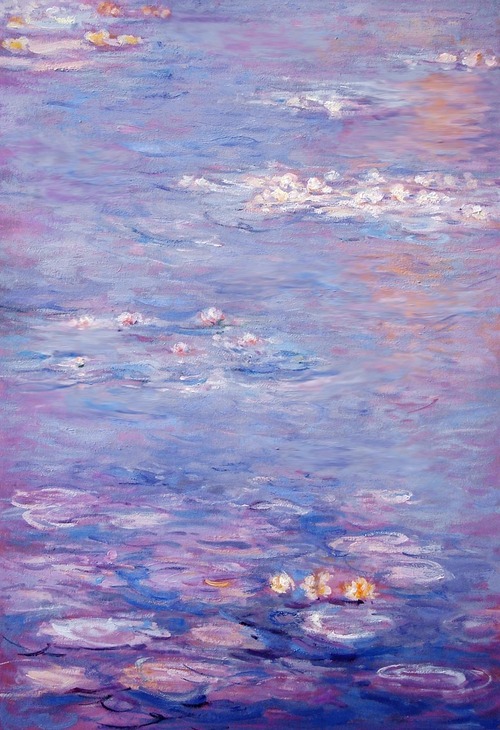
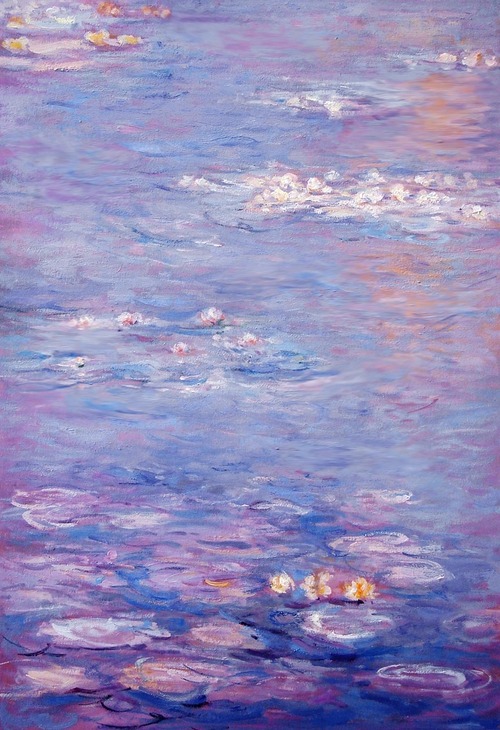
Nymphéas, Claude Monet
-
 xaviermeyers liked this · 4 years ago
xaviermeyers liked this · 4 years ago -
 factscomputersoftwarehouse liked this · 4 years ago
factscomputersoftwarehouse liked this · 4 years ago -
 alejandro5756 liked this · 4 years ago
alejandro5756 liked this · 4 years ago -
 chaccalll liked this · 5 years ago
chaccalll liked this · 5 years ago -
 i-have-no-gender-only-chaos liked this · 5 years ago
i-have-no-gender-only-chaos liked this · 5 years ago -
 dasfeministmermaid reblogged this · 5 years ago
dasfeministmermaid reblogged this · 5 years ago -
 dasfeministmermaid liked this · 5 years ago
dasfeministmermaid liked this · 5 years ago -
 aechlys reblogged this · 5 years ago
aechlys reblogged this · 5 years ago -
 aechlys reblogged this · 5 years ago
aechlys reblogged this · 5 years ago -
 aechlys liked this · 5 years ago
aechlys liked this · 5 years ago -
 judd051 reblogged this · 5 years ago
judd051 reblogged this · 5 years ago -
 fulldeputystudenteggs liked this · 5 years ago
fulldeputystudenteggs liked this · 5 years ago -
 tri-yoga-guy reblogged this · 5 years ago
tri-yoga-guy reblogged this · 5 years ago -
 king-0666 liked this · 5 years ago
king-0666 liked this · 5 years ago -
 persephones-journey reblogged this · 5 years ago
persephones-journey reblogged this · 5 years ago -
 heartofstanding reblogged this · 5 years ago
heartofstanding reblogged this · 5 years ago -
 teedoss62 liked this · 5 years ago
teedoss62 liked this · 5 years ago -
 joniroxanne liked this · 5 years ago
joniroxanne liked this · 5 years ago -
 rosa-berberifolia liked this · 5 years ago
rosa-berberifolia liked this · 5 years ago -
 diethyl-azodicarboxylate reblogged this · 5 years ago
diethyl-azodicarboxylate reblogged this · 5 years ago -
 diethyl-azodicarboxylate liked this · 5 years ago
diethyl-azodicarboxylate liked this · 5 years ago -
 slaugrath liked this · 5 years ago
slaugrath liked this · 5 years ago -
 duchesseclipse reblogged this · 5 years ago
duchesseclipse reblogged this · 5 years ago -
 tokegyi777 liked this · 5 years ago
tokegyi777 liked this · 5 years ago -
 tangoyeh liked this · 5 years ago
tangoyeh liked this · 5 years ago -
 iparamworld liked this · 5 years ago
iparamworld liked this · 5 years ago -
 nighthawktn reblogged this · 5 years ago
nighthawktn reblogged this · 5 years ago -
 sinslover reblogged this · 5 years ago
sinslover reblogged this · 5 years ago -
 sinslover liked this · 5 years ago
sinslover liked this · 5 years ago -
 femalelover1870 liked this · 5 years ago
femalelover1870 liked this · 5 years ago -
 il-muto reblogged this · 5 years ago
il-muto reblogged this · 5 years ago -
 jonjo58 liked this · 5 years ago
jonjo58 liked this · 5 years ago -
 lifeofawitch2020 liked this · 5 years ago
lifeofawitch2020 liked this · 5 years ago -
 lemotjuste-tx liked this · 5 years ago
lemotjuste-tx liked this · 5 years ago
Dedicado a los finos amantes de las bellas artes y el estilo exquisito del buen comer.
145 posts